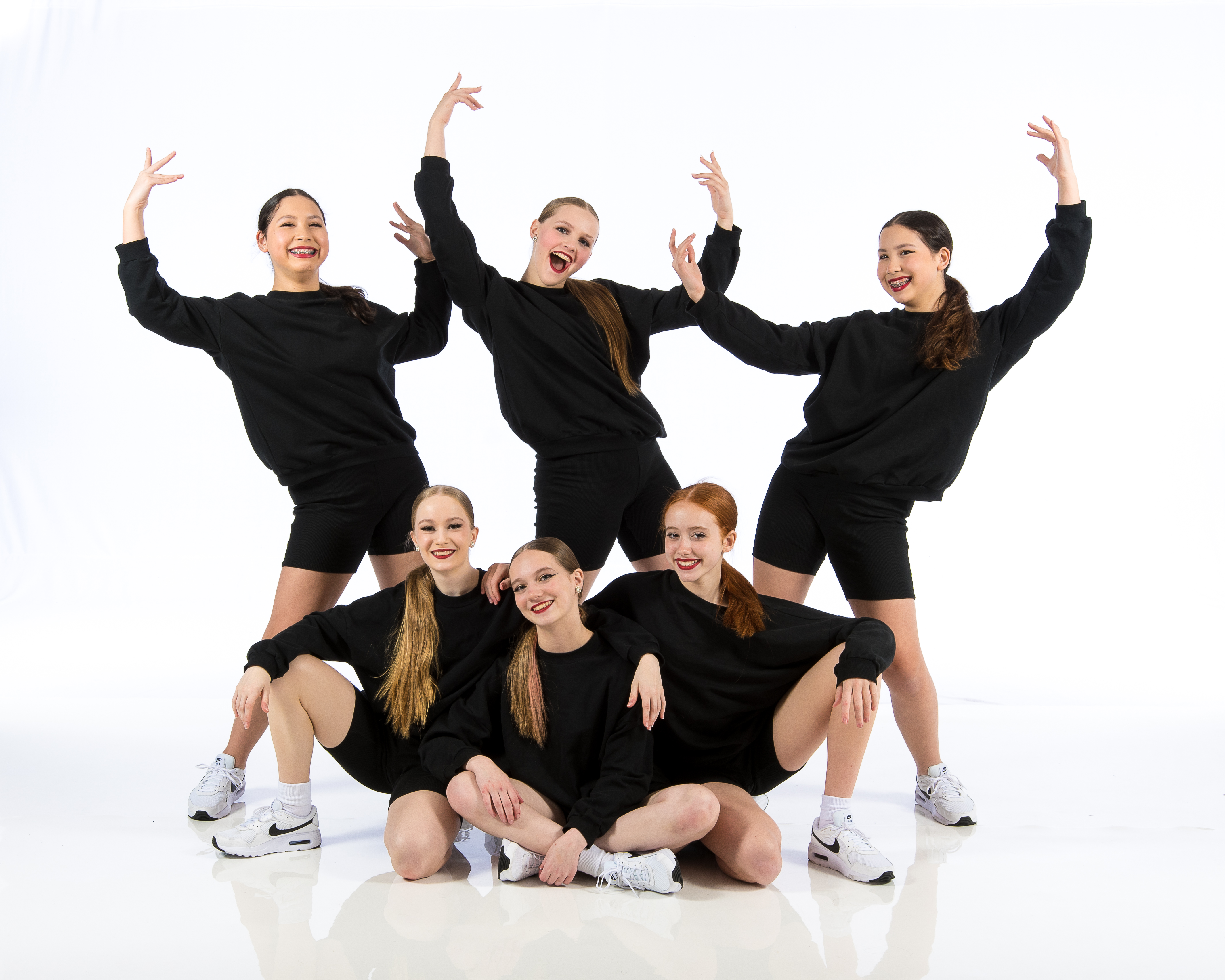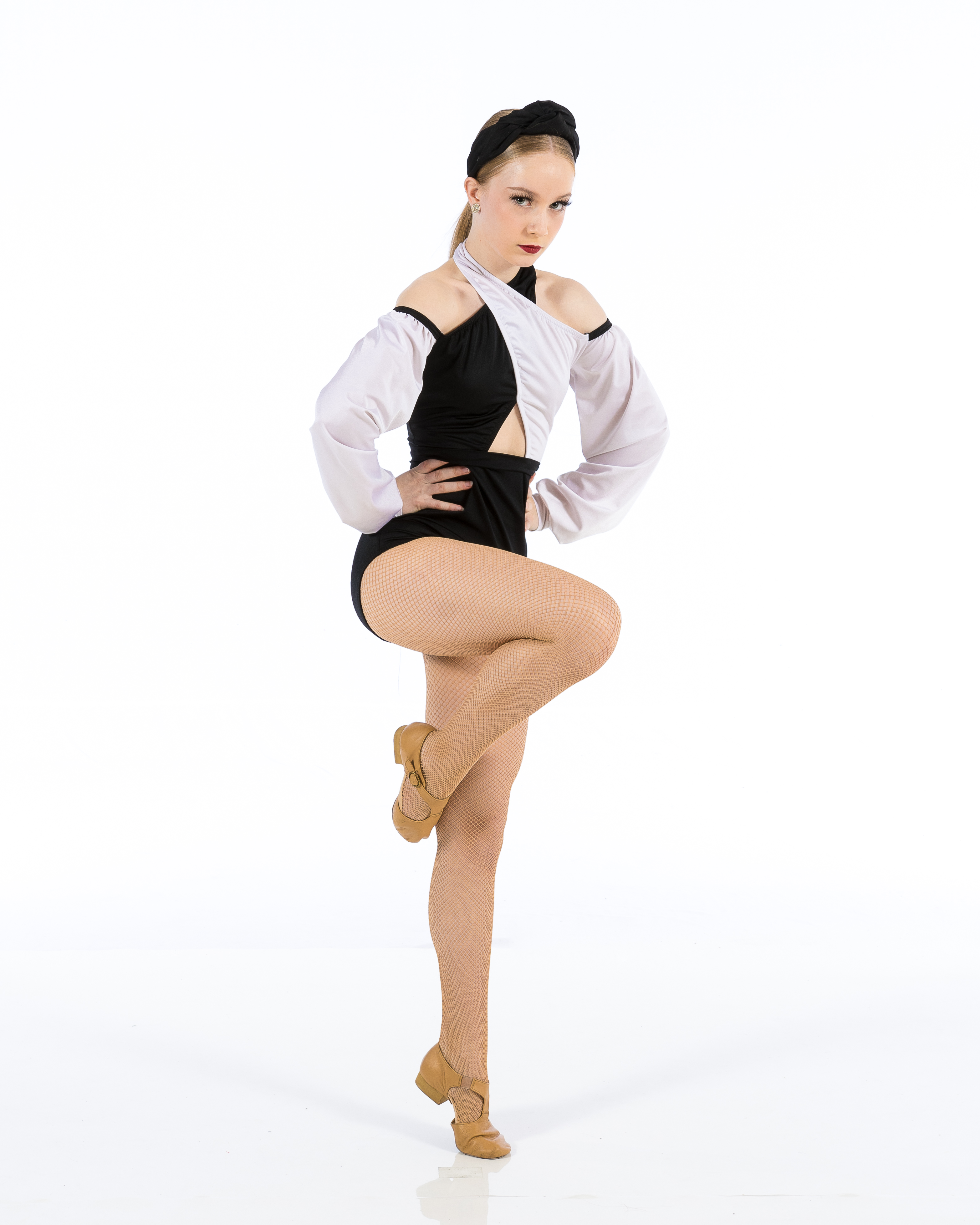Introduction
Dance and music have long been intertwined, creating a dynamic relationship that enhances the art of movement. In dance education, music isn’t just an accompaniment; it’s the very pulse of the performance. It shapes the rhythm, influences expression, and serves as a crucial tool for learning. In this article, we’ll explore The Role of Music in Dance Education, examining how each element enhances the other while providing insights Dance Studio into teaching methodologies, emotional connections, and cultural significance.
Understanding the Importance of Music in Dance Education
What is the Connection Between Music and Dance?
Music and dance share a symbiotic relationship where one often inspires and complements the other. While dance expresses ideas through movement, music conveys emotions through sound. Together, they create an experience that transcends mere performance—it's a form of storytelling.
How Does Music Influence Dance Styles?
Different genres of music evoke various styles of dance. For instance:
- Classical Music: Often associated with ballet, it requires precision and elegance. Folk Music: Encourages traditional dances that reflect cultural heritage. Hip-Hop Beats: Inspire energetic street dancing with improvisation.
Each style has its own unique tempo and energy level, which influences how dancers move.
The Role of Music in Movement and Rhythm
Why is Rhythm Critical in Dance?
Rhythm is the foundation upon which all dance is built. It dictates timing and phrasing, ensuring that movements are synchronized with musical beats. Without rhythm, dance can feel disjointed or chaotic.

How Do Dancers Use Musicality?
Musicality refers to a dancer's ability to interpret music through their movements. Dancers who excel in musicality can:
- Adjust their timing, Emphasize specific beats, Interpret mood shifts within a song.
This skill allows them to connect more deeply with the audience.
Incorporating Music Theory into Dance Education
What is Music Theory for Dancers?
While many dancers may not consider themselves musicians, understanding basic music theory can greatly enhance their practice. Elements like tempo, dynamics, and structure provide valuable context for choreography.
How Can Teachers Integrate Music Theory Into Lessons?
Dance educators can introduce concepts such as:
- Time signatures Note values Phrase structures
By linking these elements to choreography exercises or improvisational tasks, students gain a holistic understanding of both disciplines.
Emotional Expression Through Music and Dance
How Does Music Evoke Emotion in Dance?
Music has a profound ability to evoke feelings—be it joy, sorrow, or nostalgia. When paired with dance, these emotions become even more palpable. The right piece can turn an ordinary performance into an unforgettable experience.
What Techniques Can Dancers Use to Convey Emotion?
Dancers can adopt various techniques to express emotions:

By mastering these techniques, dancers become storytellers who connect with their audience on an emotional level.
Cultural Significance of Music in Dance Education
How Does Culture Shape Dance Forms?
Dance forms often emerge from cultural contexts where specific musical styles prevail. For example:
- Ballet has roots in European courts. African dances draw heavily on rhythmic drumming traditions.
Understanding these cultural backgrounds enriches dance education by highlighting diversity.
What Role Does Traditional Music Play in Cultural Dances?
Traditional music provides authenticity to cultural dances. Learning folk dances alongside their respective music allows students to appreciate heritage while fostering respect for different cultures.
Developing Listening Skills Through Dance
Why Are Listening Skills Important for Dancers?
Effective listening goes beyond hearing; it involves understanding musical nuances that inform movement quality. Strong listening skills enable dancers to synchronize better during group performances.
How Can Educators Foster Listening Skills?
Educators can enhance listening abilities by integrating exercises such as:
Clapping rhythms together. Identifying instruments within pieces. Discussing how different sections of a song might influence movement choices.Practical Applications in a Dance Studio Setting
How Should Music Be Chosen for Classes?
Choosing appropriate music involves considering factors like:
- Student age Skill level Style being taught
An effective class playlist sets the tone while encouraging engagement and enthusiasm among students.
What Are Some Effective Class Activities Incorporating Music?
Choreography creation using specific songs, Improvisation sessions based on different tempos, Group performances focusing on musical interpretation.These activities allow students to explore their creativity while deepening their understanding of music's role in dance.
The Impact of Technology on Music Selection in Dance Education
What Technological Tools Aid in Teaching Dance with Music?
From apps that help track beats per minute (BPM) to software that allows for mixing tracks live during classes—technology plays a significant role in modern dance education today!
Is Online Access Beneficial for Finding New Tracks?
Absolutely! Platforms like Spotify or Apple Music offer vast libraries where educators can discover fresh tunes across genres! This accessibility enriches classroom experiences by introducing new sounds regularly!
FAQs about The Role of Music in Dance Education
Why is music vital for learning dance?- It provides rhythm and mood essential for timing movements effectively!
- Yes! However selecting suitable genres based on student abilities ensures optimal engagement!
- Absolutely! Exercises focused on syncopation help develop stronger connections between body movement & sound patterns!
- Cultural backgrounds heavily influence traditional forms; knowing this aids appreciation & performance authenticity!
- They need to think about age appropriateness along with style suitability while maintaining variety!
6.* *Is it necessary for dancers to understand music theory? - While not mandatory; knowledge enhances overall artistic expression significantly!
Conclusion
In conclusion, The Role of Music in Dance Education cannot be overstated—it serves as both foundation & inspiration! As educators embrace this powerful connection between sound & motion—students benefit from enriched learning experiences filled with creativity & emotional depth! Whether you’re at your local dance studio or performing on stage—remember…Music isn’t just background noise—it’s life’s soundtrack guiding every step taken towards greatness!
Let’s keep exploring together!